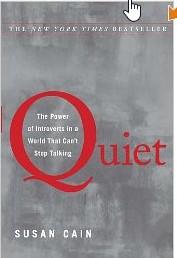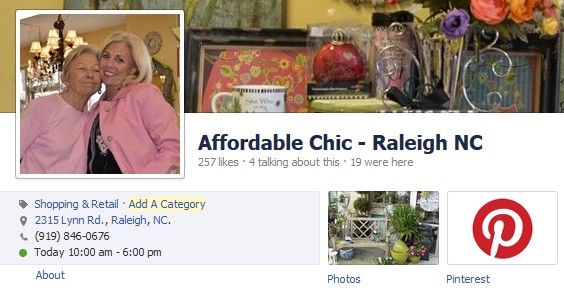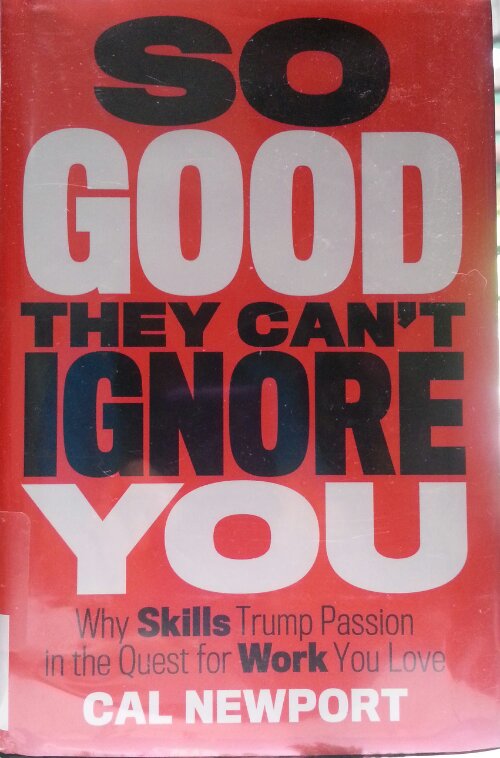I was invited to teach Marketing with Pinterest to REALTORS attending the 2013 MIAR convention at the Soaring Eagle Casino & Resort in Mount Pleasant, MI. The course focused much more on MARKETING than Pinterest, and then also with a focus on real estate. Changed over all of the examples in the presentation.
We set a prerequisite that attendees have a personal Pinterest account with 10 boards and 10 pins each board.
Had a range of real estate focus represented in the attendees, from brokers-in-charge of franchises with 70+ agents, to solos, to smaller offices who sent several agents. Many VERY lucrative account names were still available, it turns out, and I was impressed that the people in the class recognized the need to claim account names in real time, rather than waiting till they got back to the office. (Quick check indicates that some of those accounts are already being populated, and the convention didn’t end till Friday evening.)
Good in-class discussion of pinning from the MLS (one picture, full-house, only), tracing images that have been pinned from REALTORS’ websites to see who likes your homes, and pinning at the level of the agency vs. agent accounts.
My travel schedule was such that I flew up late Tuesday, and then had to drive an hour north from Lansing to Mt. Pleasant. Very nice surprise to find I had a luxury room with fireplace and soaking tub. Taught the class over lunch break, and then drove south again to be in Lansing for a 6 am departure on Thursday morning because I was teaching again at Wake Tech on Thursday evening.
I’d never seen a wind farm that close. One of my magazines had a story about a new style of wind turbine; it showed three models that looked just like the ones in the picture but I didn’t have any way to judge height so I don’t know who made these. I think this is the farm in Gratiot County, near Ithaca, along Highway 127.














Follow Us!